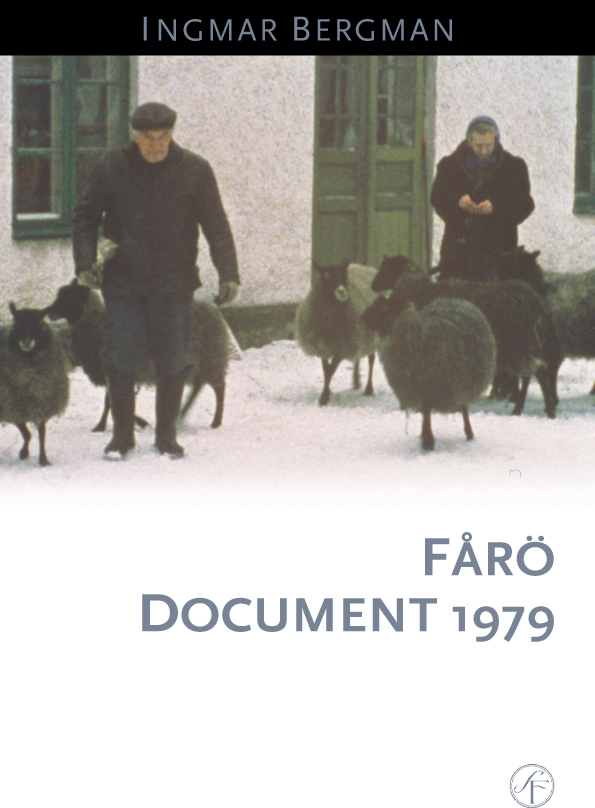Fårö Document 1979
Ingmar Bergman went for the first time to Fårö while searching for a location for his film Through a Glass Darkly (1961). The outcome for this visit was that Bergman made several of his most important films of the 1960’s on Fårö, among them Persona and The Shame. He then bought a piece of land on the island, on which he later built a house and now he lives there permanently. In 1969 he made, with Sven Nykvist as cinematographer, The Fårö Document, a film that ended with a rather pessimist view of the island’s future. One of the scenes in the film is of a school-bus and its young passengers. To these and to the realities ten years later Bergman returns in the long documentary Fårö Document 1979.
Fårö Document 1979
Title Fårö Document 1979
Original title Fårödokument (1979)
Director Ingmar Bergman
Country Sweden
Production year 1969
Status Completed
Original language Swedish
Cast Ingmar Bergman, Irene Broman, Per Broman, Valter Broman
Script Ingmar Bergman
Producer Ingmar Bergman
Production company Cinematograph AB
Release 1970 Jan, 01
Duration 103 min.
Ingmar Bergman went for the first time to Fårö while searching for a location for his film Through a Glass Darkly (1961). The outcome for this visit was that Bergman made several of his most important films of the 1960’s on Fårö, among them Persona and The Shame. He then bought a piece of land on the island, on which he later built a house and now he lives there permanently. In 1969 he made, with Sven Nykvist as cinematographer, The Fårö Document, a film that ended with a rather pessimist view of the island’s future. One of the scenes in the film is of a school-bus and its young passengers. To these and to the realities ten years later Bergman returns in the long documentary Fårö Document 1979.
Title Fårö Document 1979
Original title Fårödokument (1979)
Director Ingmar Bergman
Country Sweden
Production year 1969
Status Completed
Original language Swedish
Cast Ingmar Bergman, Irene Broman, Per Broman, Valter Broman
Script Ingmar Bergman
Producer Ingmar Bergman
Production company Cinematograph AB
Release 1970 Jan, 01
Duration 103 min.
Genre Documentary


